- Home
- Articles
- Architectural Portfolio
- Architectral Presentation
- Inspirational Stories
- Architecture News
- Visualization
- BIM Industry
- Facade Design
- Parametric Design
- Career
- Landscape Architecture
- Construction
- Artificial Intelligence
- Sketching
- Design Softwares
- Diagrams
- Writing
- Architectural Tips
- Sustainability
- Courses
- Concept
- Technology
- History & Heritage
- Future of Architecture
- Guides & How-To
- Art & Culture
- Projects
- Interior Design
- Competitions
- Jobs
- Store
- Tools
- More
- Home
- Articles
- Architectural Portfolio
- Architectral Presentation
- Inspirational Stories
- Architecture News
- Visualization
- BIM Industry
- Facade Design
- Parametric Design
- Career
- Landscape Architecture
- Construction
- Artificial Intelligence
- Sketching
- Design Softwares
- Diagrams
- Writing
- Architectural Tips
- Sustainability
- Courses
- Concept
- Technology
- History & Heritage
- Future of Architecture
- Guides & How-To
- Art & Culture
- Projects
- Interior Design
- Competitions
- Jobs
- Store
- Tools
- More
Exploring Arizona Architecture: Fundamental Elements of Grand Canyon State Homes
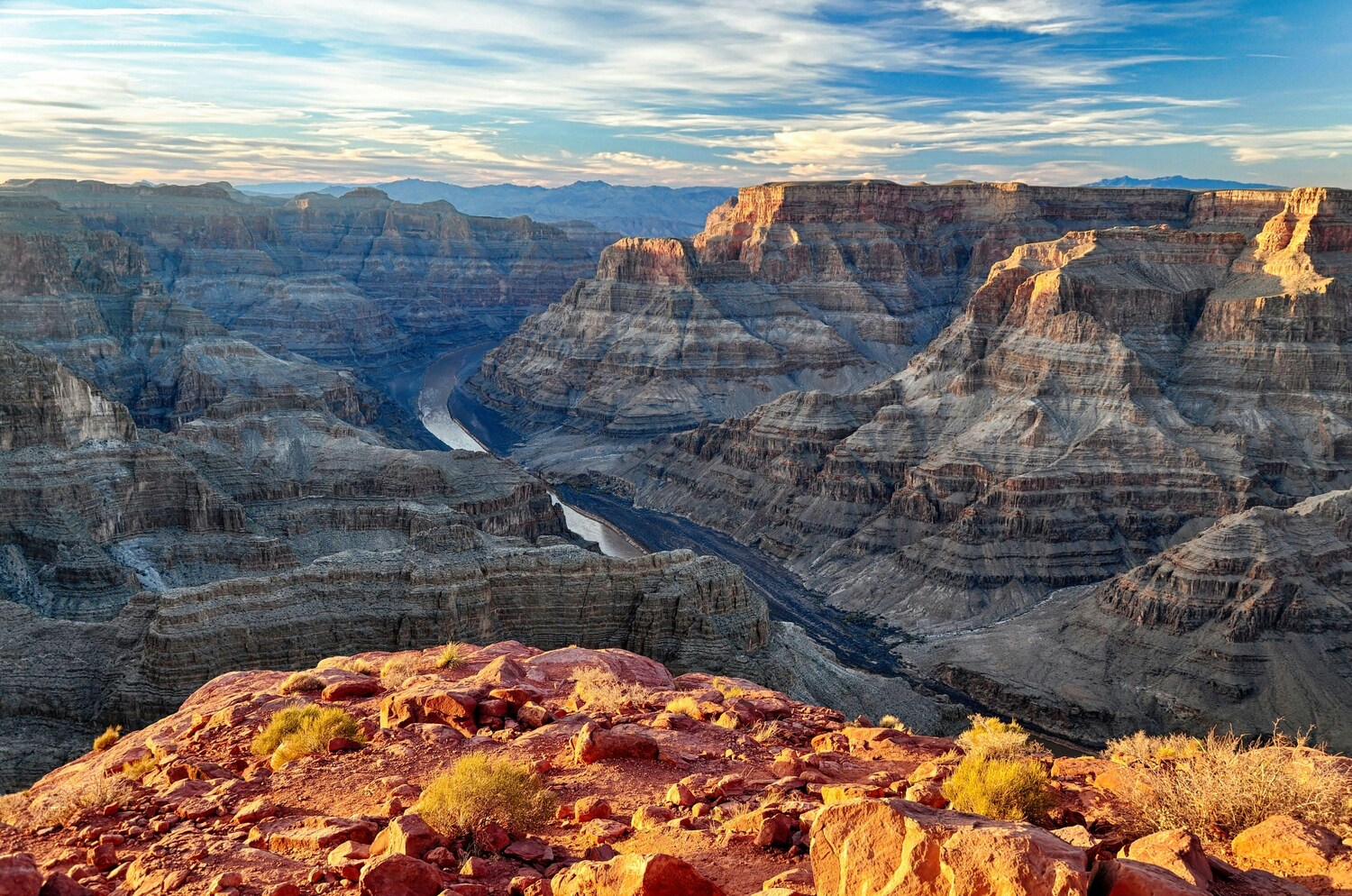
Arizona is renowned for its dramatic landscape, particularly in the northeast corner of the state. The Grand Canyon, one of the Seven Natural Wonders of the World, is a steep-sided canyon gouged from the earth by the course of the Colorado River; it exposes over two billion years of geologic activity, making it a scrapbook of Earth’s evolution.
Just as fascinating is the transformation of Arizona’s architectural features, which, like the Grand Canyon, are inextricably twined with the history of the land. The deceptively coherent Southwestern style is actually a mosaic of different influences drawn from all over the world, reflecting the state’s unique history and making for one truly timeless building style all Arizona’s own.

What is Southwestern Style?
Southwestern style is dominated by the palette of the Southwest: browns, reds, and whites that utilize materials local to the landscape. It relies heavily on materials like clay and rock, which may then be stuccoed in a stark white.
Far from being a simple design element that was born by one architectural movement, the Southwestern style builds on numerous other design movements, including Spanish Mission, Mission Revival, Mediterranean, Hacienda, and Pueblo. As may be evident from the names, many of these were imported from the Spanish colonists that built their homes in the region, but it also seamlessly blended native ingenuity, most particularly in the Pueblo Revival style.
This specific subset of Southwestern architecture takes inspiration from the Native American archaeological sites present throughout the state, such as the Wupatki National Monument and Tonto National Monument. One can see beautifully preserved and reconstructed versions of this style up close at the Pueblo Grande Museum, better representing how foreign architectural elements, such as Mission Revival’s smoothly rounded roofs, blended harmoniously with indigenous building materials.
These designs work so well together because the imported styles were made to withstand similar meteorological pressures: high heat, blazing sun, and little precipitation. All of them are meant to create cool, shady interiors that insulate the interior from high temperatures, naturally expanding and contracting as the day transitions to a chilly, arid night.
Deconstructing the Elements of Southwestern Style
Now that we understand how Southwestern style was born of both native and foreign influences, it’s critical to think of exactly what constitutes the design. Southwestern style often combines soft, rounded corners with sharp, straight lines, much as one would see in the natural features of the landscape. One might have components like an ornate, rounded frontispiece atop the front door, then slightly rounded corners on the rest of the building. It’s also common to see very boxy homes, which may have overhanging roofs to provide shade.

Next, the building materials: rammed earth and adobe. Both are sustainable building materials made of local products. Rammed earth is highly compacted material like silt, clay, and gravel, which are compressed and layered on top of each other to make a strong yet slightly banded solid.
Another ancient element of Southwestern style is adobe: a type of brick that is made of a mixture of clay, sand, water, and straw, which is then sun-dried until strong enough to use. This may be left unadorned or, if going for more of a Spanish Mission or Mediterranean feeling, covered over with bright white stucco for further insulation and visual interest. One may also make a more modern wood-frame home and then apply stucco.
Many Southwestern homes will have clay tile roofing, which is wonderfully resilient in the dry, hot Arizona weather. This type of roofing is synonymous with the Southwest and rarely flourishes elsewhere, as harsh weather like frequent rainstorms or hail can cause it to crack.
Building an Authentic Arizona Home
If you’re ready to seek out mortgages in Arizona to build your dream home, it’s important to get a good handle on what your house will look like when encapsulating Southwestern architecture. For a distillation of the style, think natural: local materials and organic lines.
The palette typically ranges from a muddy red to a bright white, with architectural pops in contrasting colors. A more Mediterranean flavor will utilize white and blue, as one might see in the Greek islands; however, unlike in Greece, it’s uncommon to see blue roofs, as these are typically brown. Hacienda style also uses white but pairs this with clay tile atop. A Pueblo Revival likely will use orange or yellow as a contrast instead. Spanish Mission or Mission Revival uses sandy browns contrasted with clay tile.
Southwestern is a syncretic style that draws on numerous other building traditions, allowing you to mix and match the purer designs in order to create your own unique blend. You may choose the rounded patterns of Pueblo Revival, then sneak in elements of Hacienda by choosing a sloped roof for a dramatic, unique home. Working with an architect well-versed in this style will serve you well, especially should you choose to lean on the natural materials that make the Southwest such a beloved, unique area of the United States.
illustrarch is your daily dose of architecture. Leading community designed for all lovers of illustration and #drawing.
Submit your architectural projects
Follow these steps for submission your project. Submission FormLatest Posts
Chandelier Light vs Ceiling Lights: Which Decorative Lighting Works Best for UAE Homes in Winter?
Winter in the UAE doesn’t arrive loudly. It doesn’t announce itself with...
Marketing for Architects: How Firms Are Getting More Clients Without Chasing Leads
Architectural marketing has changed in important ways. Referrals and reputation still matter,...
8 Innovative Apartment Design Ideas from the USA
Apartment design in the United States is rapidly evolving, with architects and...
Tips for Using Runners to Transform Hallways and Spaces
Hallways work hard. They handle daily foot traffic, muddy shoes, and the...





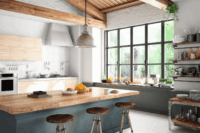



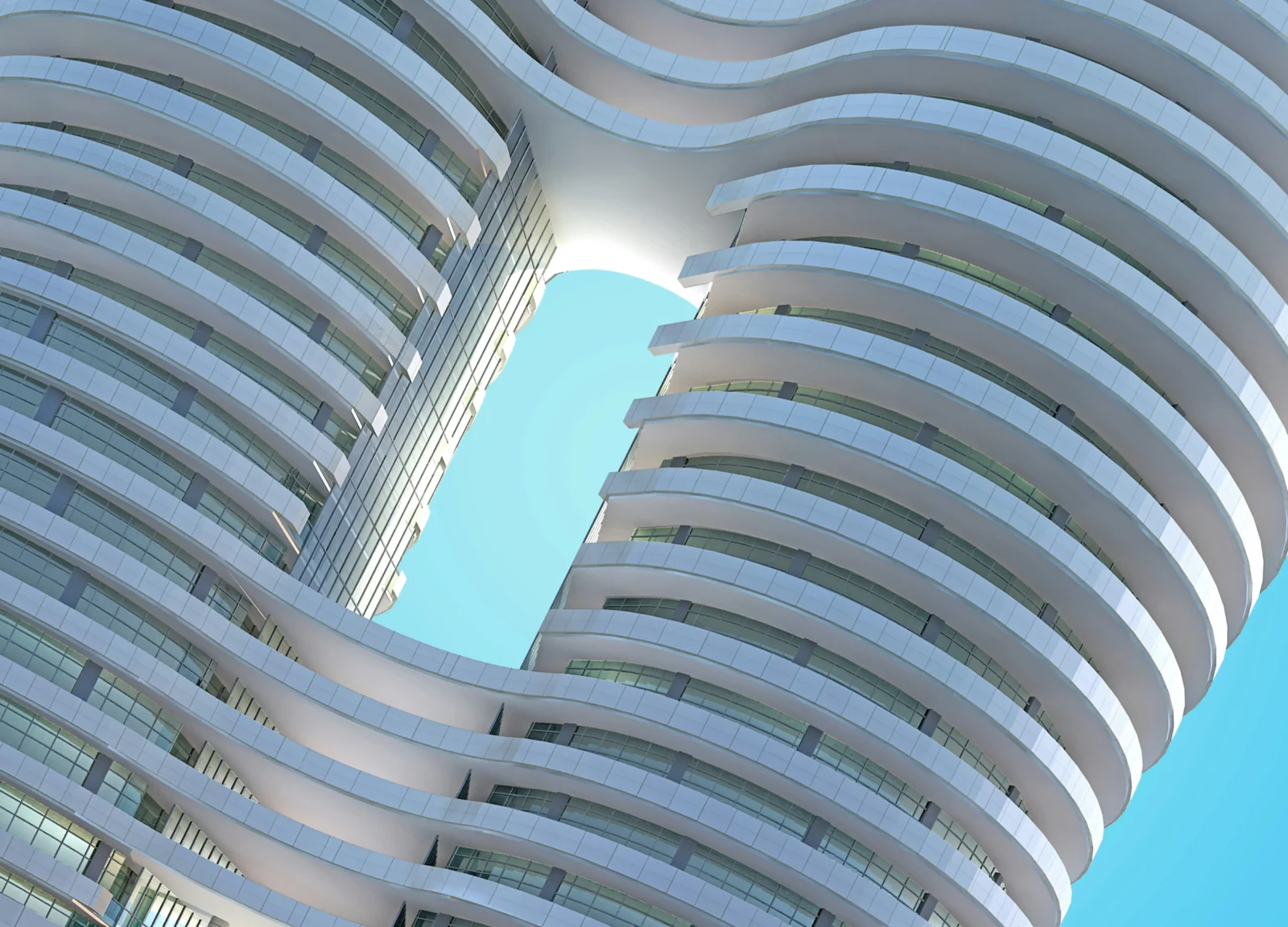
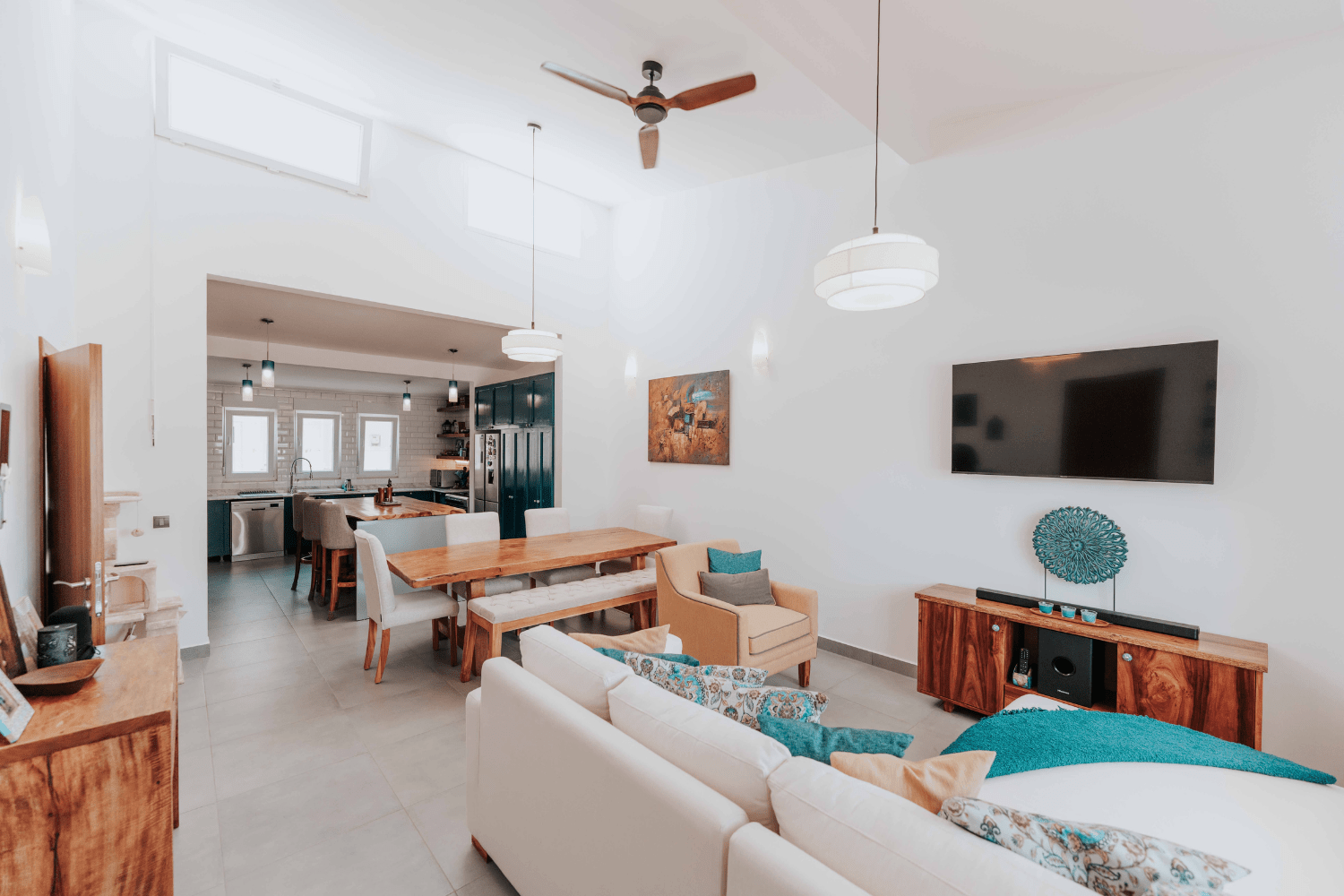
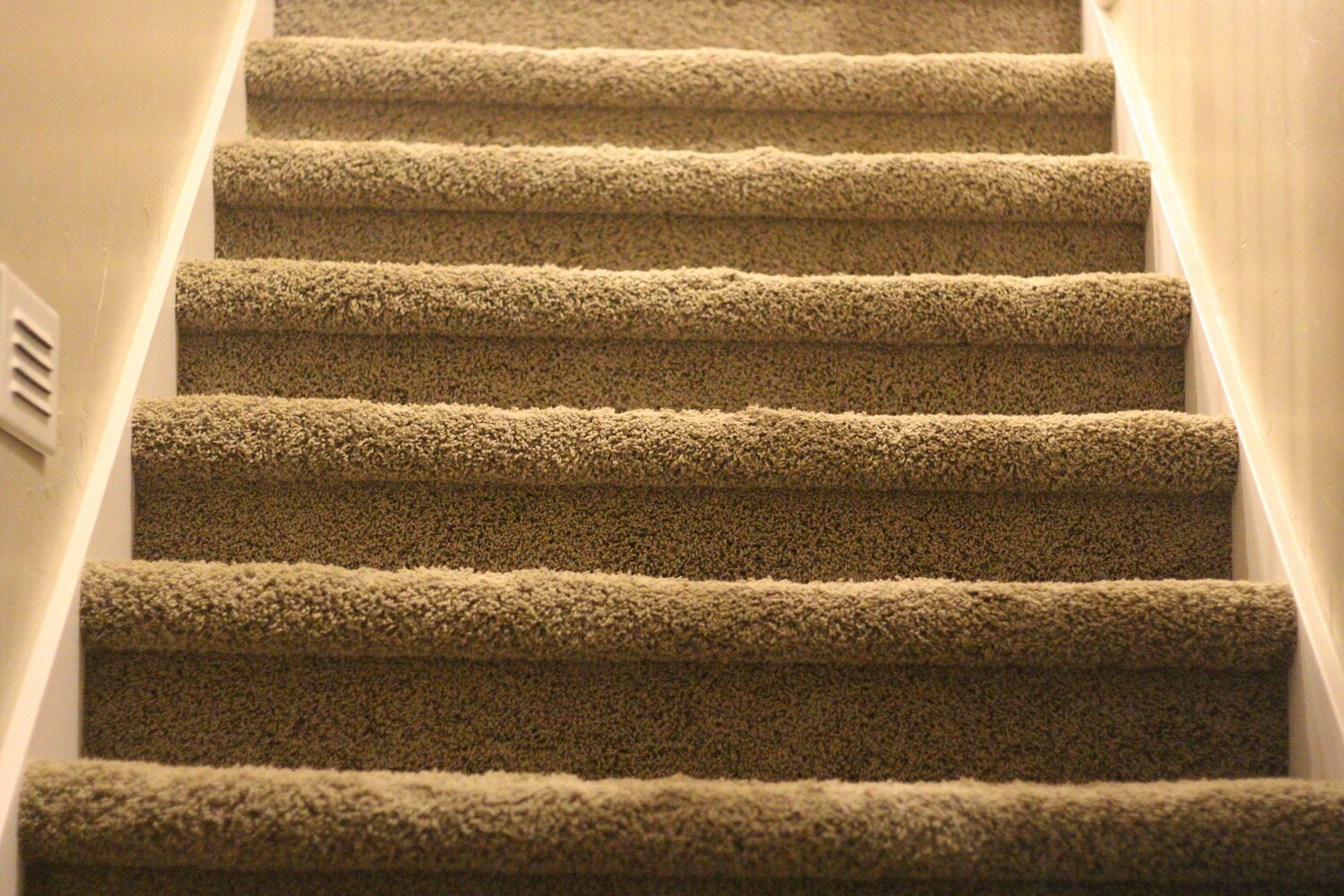
Leave a comment